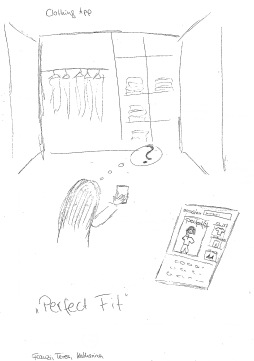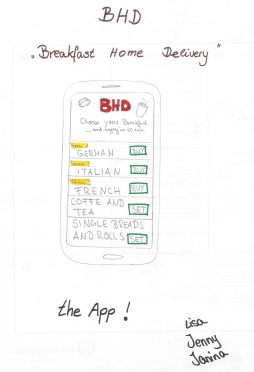Start your own #startup
You’re going to teach your learners how to start their own #startup – how cool is that!
Uber-busy teachers can download the lesson plan.
There’s also a powerpoint.
Introduction
This post was inspired by working at startups here in Berlin but also by a video on the ‘Future of Work’ by Natasha von Kopp.
One of the central figures in the film is Frithjof Bergmann, a former academic philosopher who now devotes his life to campaigning for meaningful ‘work’, or as he calls it ‘New Work‘. He sees work as one of the defining issues of our time and I completely agree –
with the increasing replacement of humans by machines how are jobs going to be created?
One of his central ideas is that we should avoid work without meaning – work should NOT make us unhappy! There’s a good interview with Bergmann on the philosophy podcast ‘Partially Examined Life‘ where he talks about how ‘New Work’ started.
He also believes that setting up your own businesses – entrepreneurial skill – can lead to doing work that you love.
Or at least work that doesn’t drive you crazy.
First steps
The first step in creating your own startup is probably the most important part:
defining the problem that you want to solve.
Learners should think of everyday problems that they have experienced, or that someone they know have experienced. This could be waiting at the doctors, not knowing what to wear for a business meeting, or being annoyed by tourists in Berlin (all real examples from my learners).
Questions to provoke ideas here are:
What annoys you?
What drives you crazy?
What problems do you have – at work, at the supermarket, when socialising, when on holiday?
This will help learners to arrive at a clear problem that they can solve. This will be their value proposition.
What is a value proposition? According to Michael Skok,
a value proposition is a positioning statement that explains what benefit you provide for who and how you do it uniquely well. It describes your target buyer, the problem you solve, and why you’re distinctly better than the alternatives.
This is your basic business idea.
What problems are these businesses trying to solve?
Amazon, Dropbox and DHL Packstation.
What happened before Amazon?
It was really difficult to compare prices between different retailers (comparability problem).
You had to go to a lot of different shops to get everything you wanted (choice problem).
You had to invest a lot more time in shopping (time problem).
NOTE: I’m not saying I’m in favour of Amazon, but just pointing out the problems that they solved.
Getting from business idea to business model
I showed the learners this video so they could understand that they need a business model to go from ‘Idea’ to ‘Product’ (that you can market to a real customer).
Creating a business model
I divided the learners into groups (3 people in each group is ideal) and give them each an A3 copy of the Business Model Canvas. Then I show them this video which explains each category on the canvas.
I gave the learners 30 minutes to create their own Business Model.
And they did!
Results
Here are some of the results! My learners at TH Wildau created some great apps including:
A coffee cup which tells you when the coffee is at the right temperature to drink
An app which tells which nail varnish looks good on your (virtual) hand
A breakfast delivery service
And probably the idea which will make a million euros first is ‘Perfect Fit’, an app which tells women what to wear!
All your clothes are scanned (via bar code) into this app, then you just tell the app that you have a business meeting on Monday at 9.15, and it chooses your wardrobe for you!
Follow-up
After the learners have come up with a business model, they can then begin to discuss how they are going to market this product to the customer.
Conclusion
I hope that this post is useful – let me know if you use it with your learners in your particular context.
And you have time to complete this one minute survey I’d be really happy!
cheers,
paul




